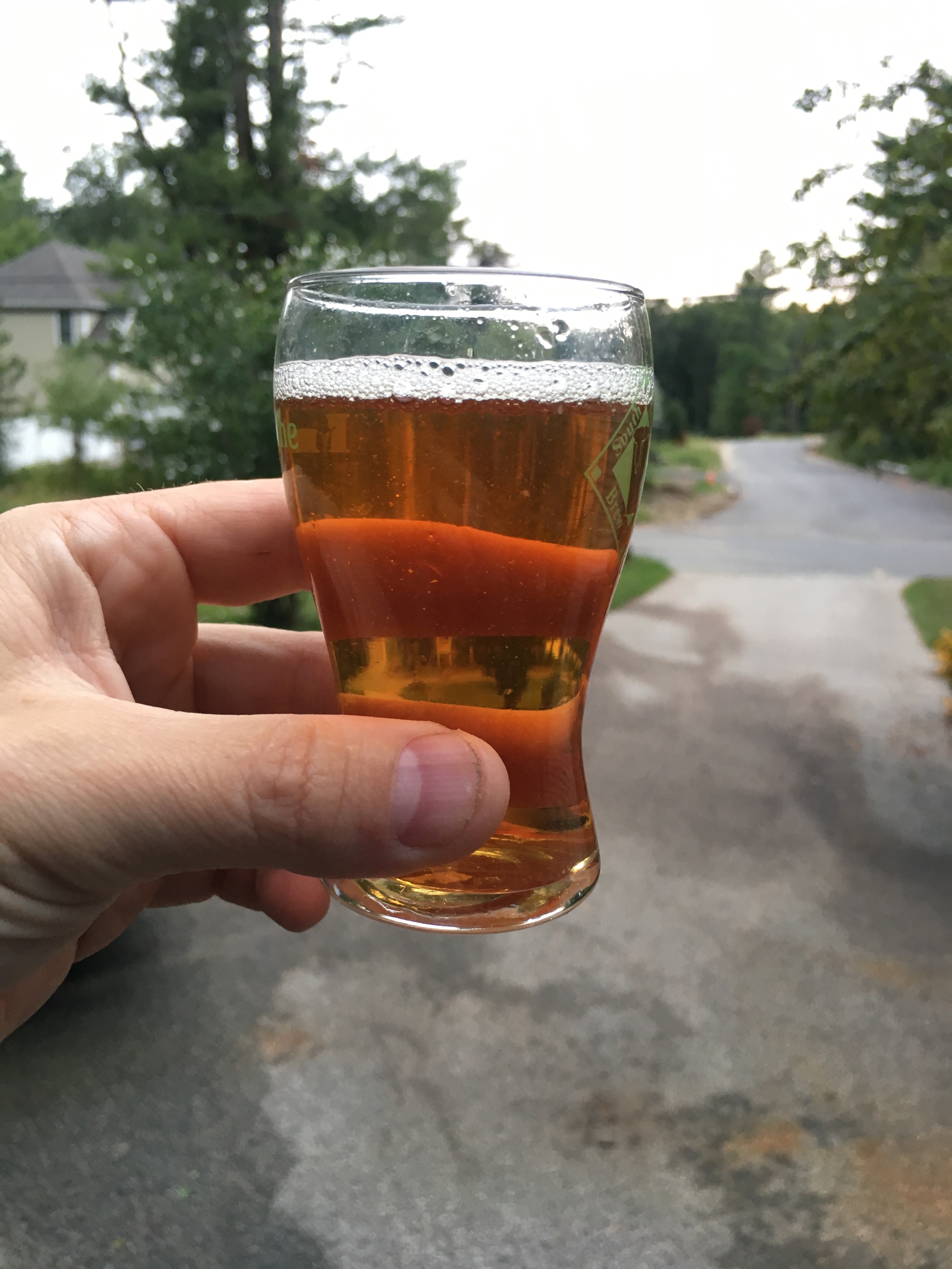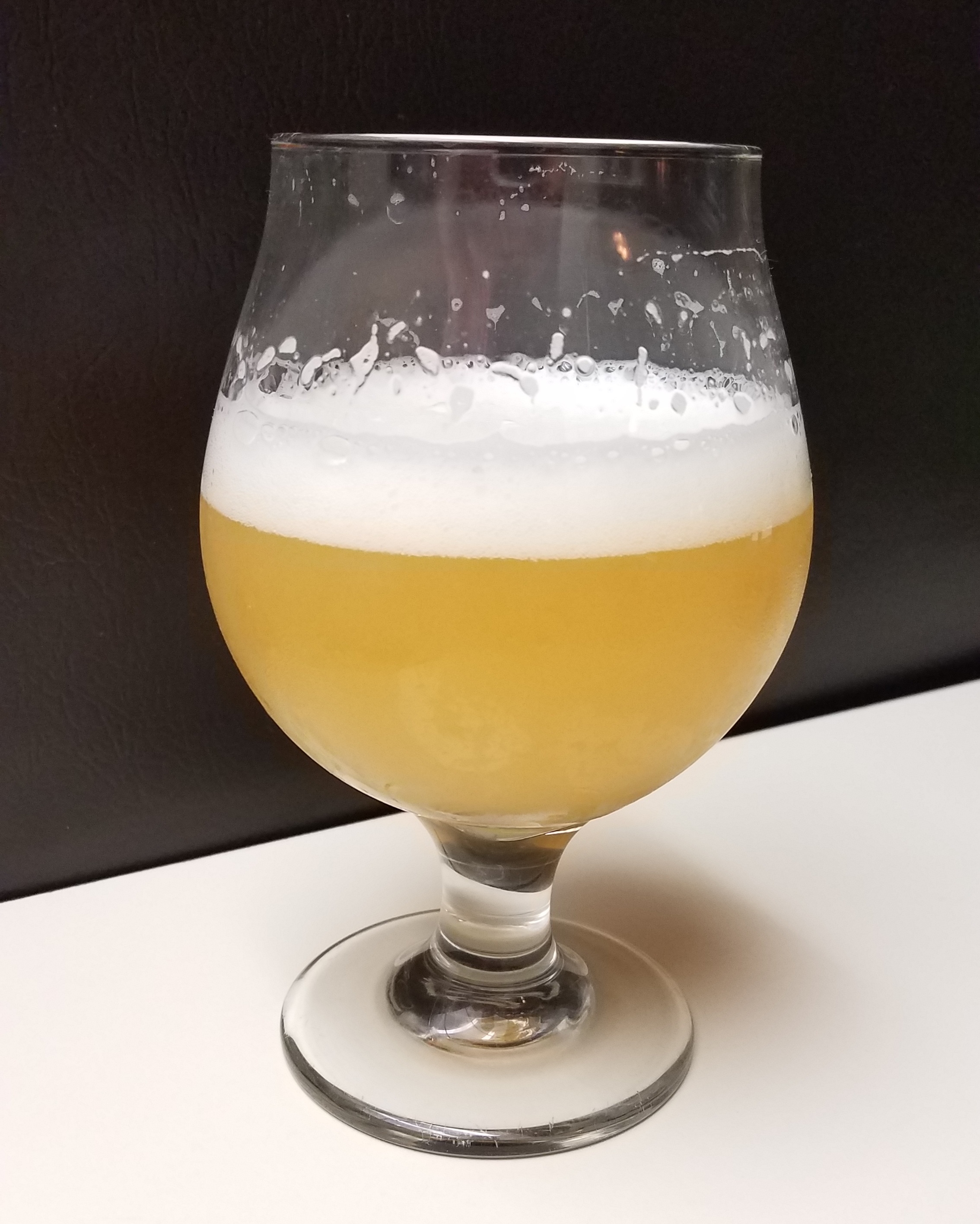I'm going to have to throw a "don't do that unless you really have to" vote in there for pitching in the 80's and slowly chilling, especially for lager yeast.
Your yeast are going to be at their most active well above their ideal range and will, in all likelihood (variable depending on yeast strain and how high your temps) throw off flavors.
If you are using an immersion chiller and relying only on warm tap water, there are a multitude of easy fixes to chill to actual pitching temps, like switching to a submersion pump in a bucket of ice water once you are down to about 90F.
I do that and get to lager pitch temps (46-48F) in about 30-40 minutes from flameout.
The pump sends ice water through the immersion chiller. You can use all kinds of pumps. I got a small sump pump from Lowes, but some use aquarium pumps.
It really takes very little additional effort or equipment to be able to chill to proper pitch temps in a very short time (ale pitch temp of 65-68 within 20 minutes, lager pitch 46-48 in 30-40 minutes, depending on ambient conditions).
Also, the advantages of rapid cooling are better break formation and if you give 30-60 minutes of settling time post-pitch, all of your hops solids will settle out with break material. I free pitch my hops and I am able to send crystal clear wort from the kettle to the fermenter, so there is no issue with hops debris.
See pic for an example of wort going from kettle to fermenter an hour or so from flameout at lager pitching temp with loose hops.
All done with an immersion chiller and ground water, then switching to pump and bucket of ice water through immersion chiller.
View attachment 644671







































![Craft A Brew - Safale S-04 Dry Yeast - Fermentis - English Ale Dry Yeast - For English and American Ales and Hard Apple Ciders - Ingredients for Home Brewing - Beer Making Supplies - [1 Pack]](https://m.media-amazon.com/images/I/41fVGNh6JfL._SL500_.jpg)



















